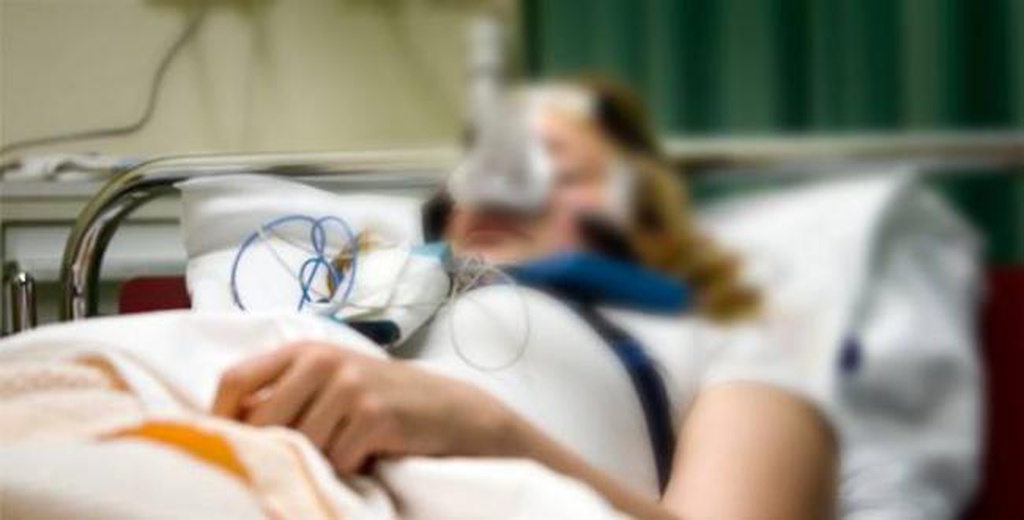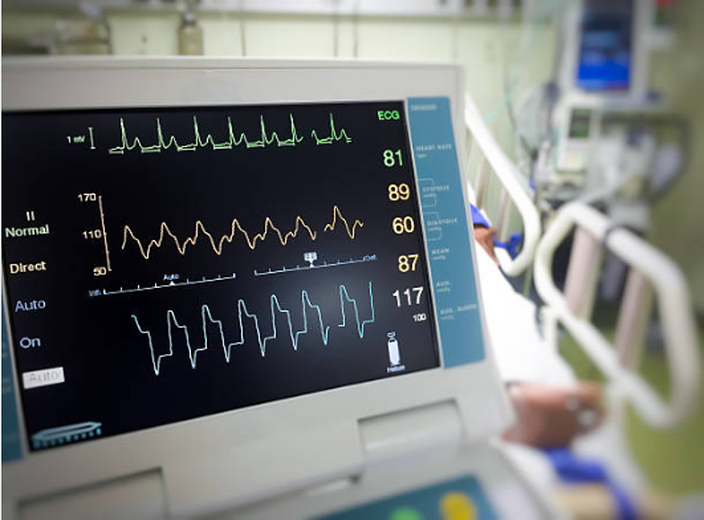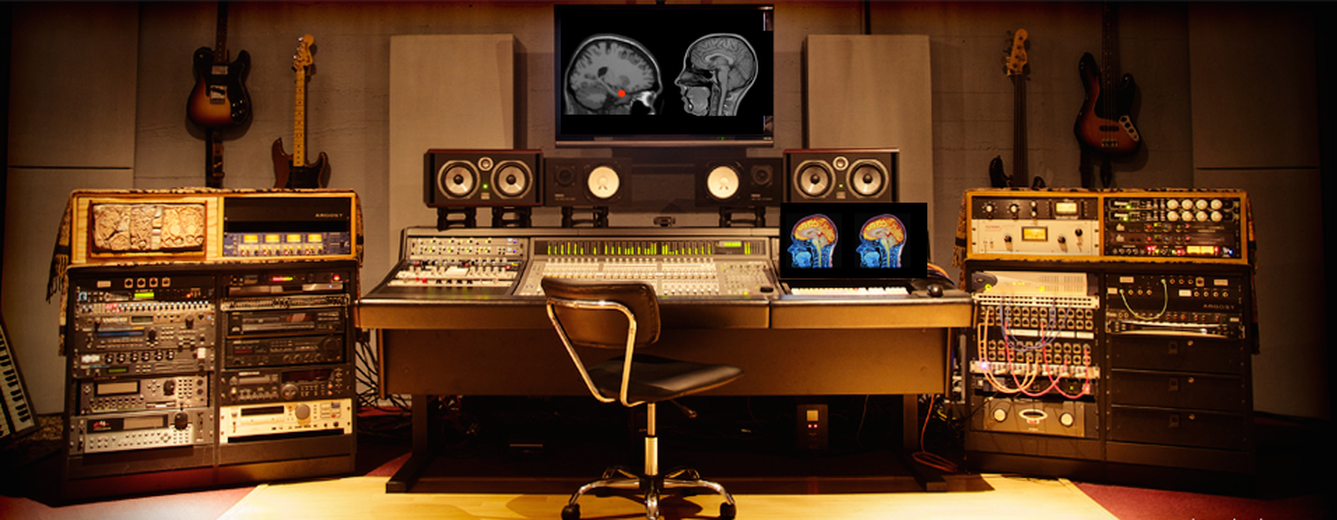Tech Project
Description of the challenges faced by the Tech Project
In the context of this collaboration, the project is investigating three main axes of research: (1) designing and using sounds as a way to explore states of consciousness in coma (ex. sounds of laughter to see if a patient smiles back). The challenge of this axis is to create sounds (or sound apparatus) that are both emotionally meaningful and possibly personalized for the patient, and at the same type fit the requirements of clinical investigation (e.g. short, repeatable for EEG examinations). Prototypes sounds will be tested in the context of routine electrophysiological examinations in the ICU, in collaboration with doctors from Hospital Saint-Anne (2) creating and using sonic/musical textures to improve the ICU soundscape and provide a more therapeutic environment (ex. spatialized musical textures to decrease anxiety in patients and family). The challenge of this axis is to create sounds (or sound apparatus) that have both a suitable form to be used in a daily clinical environment (e.g. not overwhelming or distracting for the practice of caregivers) and a content that has beneficial properties for the patient recovery (e.g. reducing anxiety, comforting, providing a sense of privacy or safety). Prototype sounds will be tested in the context of IRCAM studios, and may be deployed with custom sound diffusion (multi-speaker, etc.) systems in the ICU. (3) designing more informative and less anxious alarms for ICU scopes and equipments (ex. sound alarms adaptive to actual medical emergency). The challenge of this axis is to create alarm sounds (or sound apparatus) that are both distinctive and informative (e.g. one should not miss a critical alarm) and that improve the environment (e.g. by facilitating the attribution of a given alarm to a given piece of equipment, avoid unnecessary call of attention, decrease anxiety). Sound prototypes will be tested in the lab, and their integration in actual medical equipement will be attempted in collaboration with technical staff at the Saint-Anne Hospital.
Brief description of technology
The project is a unique partnership between computer music institute IRCAM, and the Intensive Care Unit of the Saint-Anne Hospital, both in Paris, France, aiming to rethink the sonic environment for coma patients in the Intensive Care Unit. The Artist in residency would have access with key technology and assistance in both institutions. At IRCAM, the Artist will be hosted in an interdisciplinary team of audio engineers and cognitive neuroscientists, in the context of technology projects CREAM (ERC Starting Grant 2014-2019) and REFLETS (ANR, 2017-2021). Both projects have the goal of producing new audio-based technologies to stimulate emotions in the brain and inspire new clinical innovations in neurology or psychiatry. For instance, we have recently constructed speech stimuli designed to imitate the sound of smiling, and trigger automatic/unconscious facial reactions in listeners (https://www.cell.com/current-biology/fulltext/S0960-9822(18)30752-8). Using such sounds in coma patients would allow to explore how much social/emotional consciousness is still operative in these patients brain, help medical diagnosis or prognosis as to when and in which condition a given patient may wake up, and possibly inspire new audio-based ways to communicate with conscious, but unresponsive patients. At IRCAM, the Artist will have access to the tools developped y the team to control emotions in sound and speech (ex. DAVID: http://forumnet.ircam.fr/product/david; CLEESE: http://forumnet.ircam.fr/product/cleese; ANGUS: http://forumnet.ircam.fr/product/angus), as well as to modern sound production equipment and studios. At Hôpital Saint-Anne, the Artist will have the opportunity to interact with ICU stakeholders (caregivers, patients, family), to prototype sounds in the the highly-critical, highly-technical environment of the unit, as well as - pending a successful proof of concept - to participate eventually in clinical trials aiming to test the sounds created, on real patients.
What the project is looking to gain from the collaboration and what kind of artist would be suitable
We are looking forward to collaborating with an audio artist, sound designer or music composer willing to explore how sound can be used to heal the brain, improve patient experience in the intensive care unit and explore altered states of consciousness, such as coma or heavy sedation. The project comes with a great sense of societal and medical responsibility, with great care taken to the experience of patients and family, clinical personnel, and the general public attitude to patient-centric healthcare. We are therefore looking forward to hearing about artists who are interested in engaging these stakeholders respectfully, and reflect about the societal responsibility of their work. In addition, our research is heavily based on neuroscientific insights about the brain, as well as modern biological theories about emotions and social cognition. We are therefore looking forward to hearing about artists who have affinities with objective, quantifiable and reproducible phenomena and the practice of experimental, evidence-based science. Our work makes heavy use of sound technologies, and familiarity with e.g. computer scripting/programming and/or the Max (Cycling'74) environment would also be an advantage.
Resources available to the artist
The residency can last for 3-9 months, can start as early as March 2019, and last until October 2019 (for hosting withing the ERC CREAM project) or until March 2020 (for hosting in the ANR REFLETS project). You will be based in the vibrant environment of IRCAM, spot in the center of Paris. We will provide an office space with internet connection and have access to all necessary tools for sound and music production (incl. studios facilities and computer laboratories). You will interact daily with a team of sound engineers and audio neuroscientists doing research on how to use sounds to understand and heal the brain (cream.ircam.fr) as well as with the whole environment of the institute, a hub for art-science collaboration in the domain of sound, music and movement. Budget for travel, consumables and equipment will be provided. In addition, the hosting project's proximity with the coordinating institution of the STARTS Residency program and the Centre Pompidou will provide the Artist unique opportunities to present results and prototypes both to professionals and to the general public.




